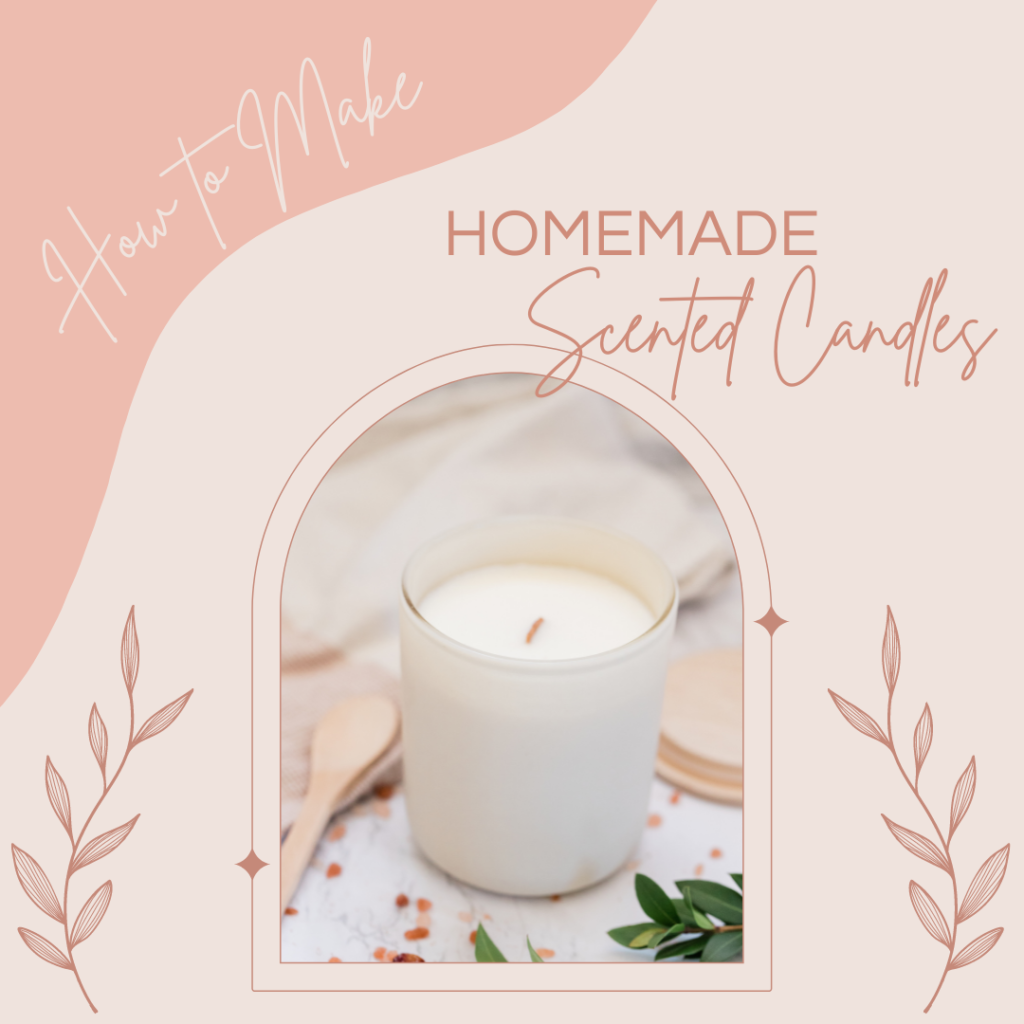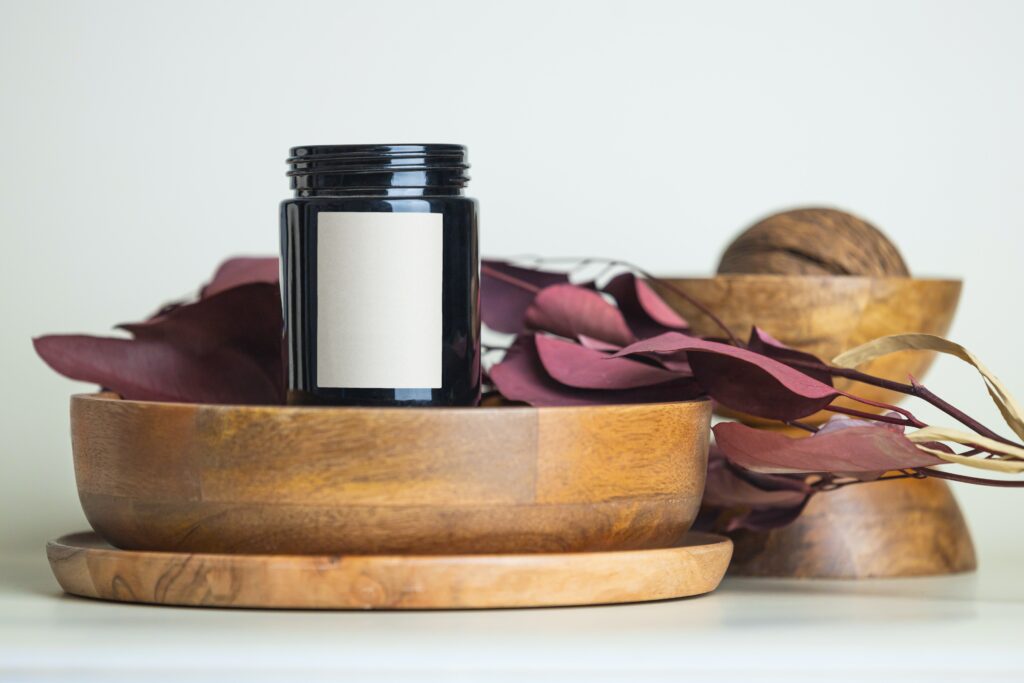Are Yankee Candles Safe For Cats? (Candle Safety)
Yankee Candle burning is a relaxing ritual that many people enjoy. But if you’re in a home with pets, it’s important to be cautious about the candles you use and how they’re lit. Candles can pose fire hazards for both humans and animals when used improperly. That’s why we’ve compiled this list of tips for burning candles in a pet household:

1. Keep candles off the floor.
Keeping your candles off the floor is one of the best ways to avoid a fire. If you’re using candles in an area where pets are allowed, make sure they’re stored on a stable and flat surface. It’s also important not to place them in high places like on top of furniture or cabinets that could be knocked over by accident (or even on purpose).
Keep them out of reach by placing them in containers with lids that can be locked shut when not in use.
2. Do all your light your candles before you bring your pet into the room.
- Do all your light your candles before you bring your pet into the room.
- Candles can be a fire hazard, so do not leave them unattended and do not let them burn down to anything. If they do get knocked over and get on fire, use water to put out the flames quickly before they spread to other objects in your home.
- Candles can also pose choking hazards if pets chew on them or swallow them whole—be sure to supervise any furniture that has been lit with candles!
Be sure to extinguish the candles before you leave the room, even if it is just for a minute.
- Be sure to extinguish the candles before you leave the room, even if it is just for a minute. Candles are a fire hazard and can cause a pet to panic and run around the room.
- If you do leave your candle burning while you go out of town, make sure that there are no open flames or flammable objects in your home when you return. A lit candle may ignite curtains or other flammable items in your home, which could cause an unwelcome fire hazard while they’re not looking!
3. Never leave the room with an open flame.
Never leave the room with an open flame.
Whether you’re burning candles for a relaxing evening or trying to create a magical atmosphere in your own home, it’s important to keep them out of reach of pets and children.
If you do find yourself needing to leave the area where your candles are burning for more than 5 minutes, be sure to extinguish them completely before doing so—and make sure that no one else has access to those areas while they’re still lit!
4. Consider odor-free flameless alternatives.
- Scented candles.
- Incense.
- Candle warmers (like these).
What is the main ingredient of Yankee candles, and is it safe?
The main ingredient of Yankee candles is paraffin wax. Paraffin wax is a waxy substance that has been used for centuries in various products, including candles. It’s made from the residue left over when crude oil is refined into gasoline and kerosene.
The process of refining crude oil into these products produces many chemicals and unwanted byproducts. One of these unwanted byproducts is paraffin wax, which can be used in candles, soaps, and other products that need a softening agent.
The burning process of paraffin candles produces no smoke or harmful gases because there are no chemicals to burn off during combustion. Instead, the candle’s waxy substance burns off slowly at a low temperature so that it doesn’t cause any harm to anyone who comes close enough to smell or breathe its fumes.
While they may make your house smell like a fun-house attraction once they’ve burned out, they’re safe enough if you use them correctly.
As long as you use them properly and don’t leave them burning unattended, Yankee candles are safe to use around children or pets if they aren’t left unattended for long periods.

cons of using scented candles
Scented candles are a great way to add ambiance to your home, but they also have their drawbacks. Here are some of the cons of using scented candles:
They emit toxic fumes when burned.
They can cause respiratory issues in some people.
They can cause headaches and nausea in others.
They can be expensive, especially if you use them often.
Some scents can be overpowering. Some people may not like having their living room filled with this strong smell all day long when they aren’t in there! If this happens to be something that bothers you too much and you’d rather not have those strong smells hanging around all day long, consider buying unscented candles instead of ones with fragrances added in afterward!
Are cats allergic to essential oils present in candles?
| Causes of Cat Allergies | Symptoms |
| Environmental allergies | Coughing |
| Flea allergies | Sneezing |
| Food allergies | Runny nose |
| Atopic dermatitis | Eye discharge |
The answer is no. Cats do not have an allergic reaction to candles. However, they may be worried by the burning of the candle and try to get away from it. If your cat is feeling anxious or panicky, this could be due to other reasons such as low oxygen levels or stress.
Cats are very curious animals and tend to explore their surroundings with their whiskers. They will often use them as a means of communication and touch their noses against objects such as walls or furniture for no particular reason! This can sometimes cause them discomfort and irritation if the material is too dry or coarse for them to lick off easily.
Essential oils are a great way of adding some extra scent to your home without having to use candles which can be quite messy!
Do Yankee candles contain essential oils?
The answer is yes, but only in a few candles. No products in the Yankee Candle line contain essential oils. The company does sell candles that contain scents and essences—such as Citrus Breeze, Patchouli Woods, and Cinnamon Buns—but these are made with synthetic fragrances and essential oils.
The company has always been upfront about its product choices. “We’re not going to sell you an essential oil,” says spokeswoman Libby Lightfoot. “Nobody wants to be deceived.”
Yankee Candle says it makes more than 350 different scents, but only 10 percent of those are essential oils. The rest are fragrance chemicals, which have their chemical makeup but do not have any essential oil molecules in them.
The reason for this distinction is simple: Essential oils come from plants, whereas synthetic fragrance chemicals are man-made and can be made from many different materials. So using an oil molecule in a candle doesn’t mean you’re using an actual plant part; it just means you’re using something with a similar molecular structure to one of those plants’ natural compounds.

Tips to keep your cat safe when burning candles
- Keep your candles out of reach of pets. If you have a cat or dog, keep the candle well away from them at all times. This is especially important if you’re burning a large number of candles in one place and want to keep an eye on your pet while it burns. If you leave the candle unattended and forgotten for too long, it might burn itself out and cause an accident or injury!
- Keep curtains away from candles. Curtains are often made from flammable materials like cotton, polyester, nylon, or wool—and if they catch fire due to any reason (like being too close) then you could end up with serious damage to them as well as yourself! It’s best not to risk having anything combustible near any kind of flame source either
- This includes heating elements such as electric coils inside radiators or underfloor heating systems used throughout homes where pets are living inside them day-to-day.”
Conclusion
Cats are attracted to the strong smells of candles and so they often find themselves in the middle of a fire. The wax will drip onto your floor, and you don’t want the cats to be burned by it.
As a general rule, candles should be made out of paraffin wax or soy wax. These are more difficult for cats to burn than regular paraffin wax, so you will rarely have issues with that type of candle.
Yes, they are safe for cats.
The candle contains no paraffin, which is a petroleum-based product that can cause cancer and other health problems if ingested.
The wax used for Yankee candles comes from soybean oil and cottonseed oil.
The wax makes up about 80 percent of the candle’s weight and burns cleanly, with minimal soot. The remaining 20 percent is made up of cottonseed oil, which has proven to be very safe for cats when ingested.






